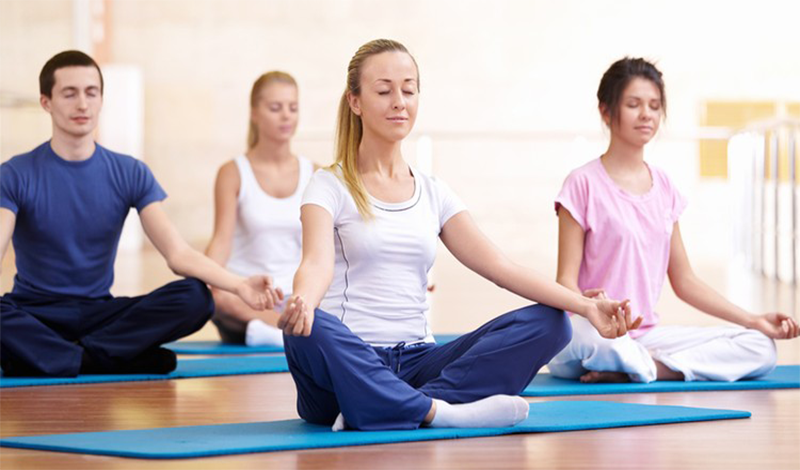
On the outskirts of the last decade, a small and humble minority has been pushing back against the pumped up power craze that swept through the nineties, and still largely has a hold on modern postural yoga. Now that the longstanding kingdoms that once guarded yoga’s legacies have fallen, and individuals are left more to their own devices, this once obscure and unsung song is finding a new chorus of practitioners.
Two years ago I wrote a piece called: “Gentle is the New Advanced.” It was mostly a response to a NY Times article on the meme of the yoga selfie. I observed that some old-school teachers seemed to be finding a niche among the new-school vinyasa scene by billing themselves as “Gentle Flow.” I also suggested that the allure of the flashy pose and its ability to attract followers was a hollow pursuit that would wither over time. Recent trends might suggest that not only are people reevaluating the merits of Instagram, but younger teachers are beginning to embrace and emulate old-school wisdom.
People are discovering again that yoga is not necessarily something you do to yourself so much as something you do with yourself.
I first noticed the old-school teachers reemerging while at one of the larger holistic learning centers on the national circuit. Whenever I teach at one of these venues, I feel like I am getting a glimpse into the broader commercial yoga world. Over the last three years, I have been changing the title of my program. First, it was: “Fundamentals of Therapeutic Yoga” and the folks who showed up all had conditions that they wanted to have addressed. Then, I called it: “Making Vinyasa Yoga Safe” and a number of old-school teachers attended to bolster their repertoire and ability to meld into the new vinyasa conventions. This year, I presented: “Vinyasa Slow: More Power, Less Pain.” My hope was to attract new-school teachers with a sizzling title. It didn’t work. The participants ended up being people who I had previously met or were already on board with a slower and safer approach.
But a funny thing happened on the way out of my program one day. You see, there was a “Vigorous Vinyasa” class happening in the space after us and the teacher was waiting in the hall. She had noticed the title of my program. She said: “Are you the teacher? I saw the title of your workshop and that is totally what I do.” I looked at the sign that had replaced mine with “Vigorous Vinyasa” quizzically and she continued: “Moving slow is so much more work.” She then proceeded to immediately come into a high lunge and slowly lift and lower her arms to demonstrate. I smiled and said: “I couldn’t agree more.”
For many, power and hot yoga have become like that friend who you initially hit it off with and had so much fun with but now when you hang out it just feels negative and draining. Eventually, you drift apart.
The concept of “Slow Yoga” is not just about the pace with which we move our bodies. It’s a question of purpose. Are you doing yoga practice because you want to sweat? Are you doing yoga practice because you want to be stronger and more flexible? Are you doing yoga practice because you have pain and want relief? Or are you doing yoga practice because you just want to learn how to be well? Perhaps, all of the above. Whatever question you’re asking yourself and whatever the answer you may arrive at, space enough for the inquiry is going to be required. Slow Yoga takes emphasis off accomplishing something and puts it more on experiencing something.


